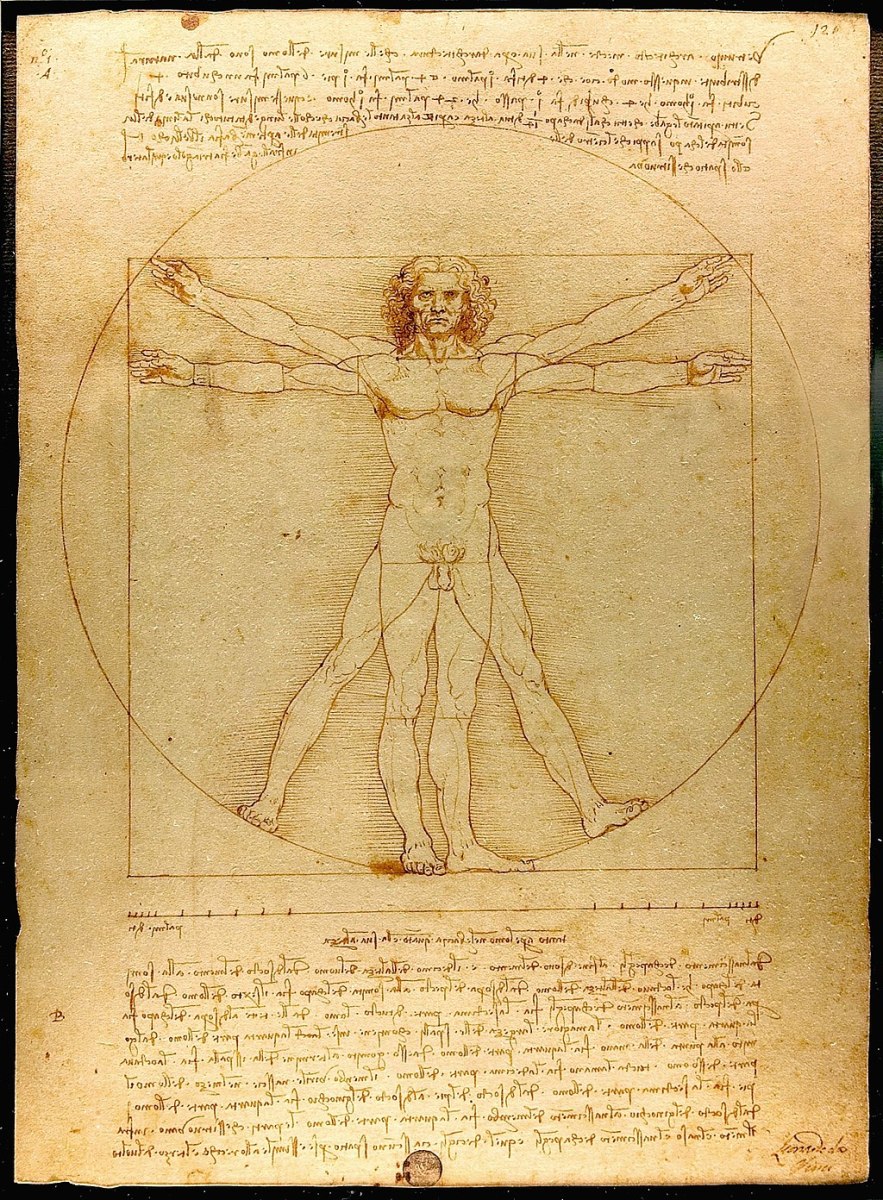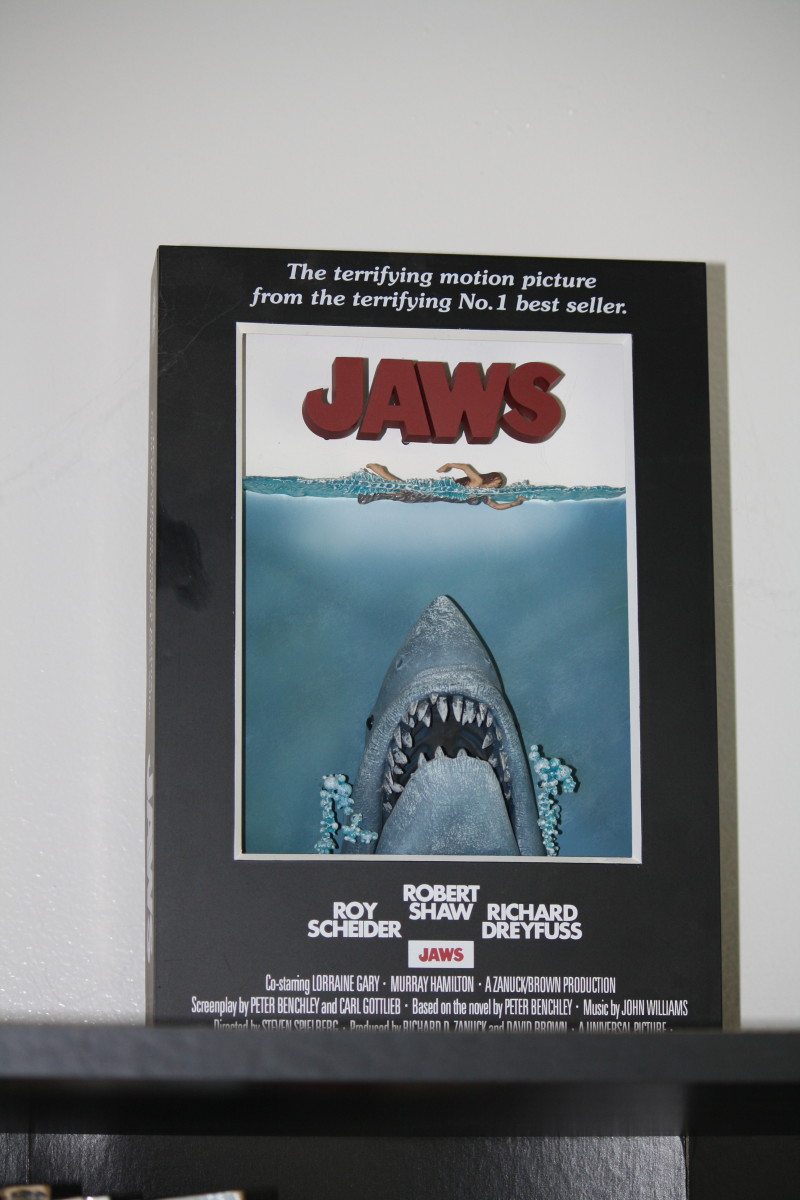Horror Films: Then Vs. Now
Horror movies are made as an inventive way to scare the audience, from vampires and mummies to blood and guts. There are all sorts of horror movies. There's paranoia horror, slasher horror. But how are horror movies different now than they were 122 years ago?
The First Horror Films
To fully understand this difference, we must go back to the beginning and see what horror movies were like then. French director Georges Méliès created what can be arguably considered the first horror movie back in 1896, Le Manoir du diable (The Haunted Castle).
Back then, they had limited effects and could only use what they had. It doesn't seem like much now, but in the nineteenth century, that was petrifying. Nobody had seen anything like it before. In 1922 Germany, F. W. Murnau created a loose adaption of Dracula that is the most well known earliest horror film to date: Nosferatu: A Symphony of Horror. It gathered a cult following and became one of the scariest silent films.
Taking a look at the some of the special effects and judging it to today's standards, it's not all that good. But if you take a look at it from a perspective of when it was released, it's pretty horrifying. This type of movie was groundbreaking for its time.
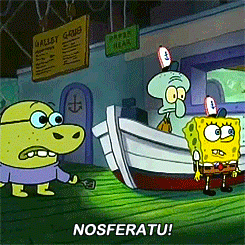
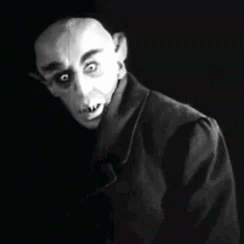
Pre-Code: Hollywood Restrictions and Censorship
Before the MPAA had ratings, they had restrictions to what filmmakers could and could not show. In King Kong, there were a few scenes in the film that were originally removed because they were deemed too scary. There was a scene where a man falls into a trench, and a bunch of spiders crawled onto the screen toward the body. People in the theater started screaming and fainting, so they had to remove the scene, which later became lost.
Is less more?
There are some movies with scary scenes where content is not explicitly shown to leave it to the viewer's imagination. Examples of this are Jurassic Park, The Blair Witch Project, Alien, etc. A good example of this is the comparison of John Carpenter's and Rob Zombie's Halloween.
In Carpenter's classic, the prologue of the film opens to Michael Myers as a child killing his sister and being caught by his parents. It then jumps to present day. Not much is told about Michael's backstory or how he came to be. There's another scene in Halloween II where a couple are in a hot tub and the man goes in a backroom. Oblivious to the woman, we see a blurry vision through the window, without audio, of Michael creeping up behind him and strangling him to death. This is all we're shown.
In Zombie's remake, he spends the first half hour of the movie going more into detail about Michael's background and dysfunctional family. He also adds exploitation aspects to the film involving an unrated scene where two crooked sanitarium workers sexually harass and rape one of the inmates. Both films are two different types of horror. Carpenter's version is paranoia horror whilst Zombie's version is slasher horror.
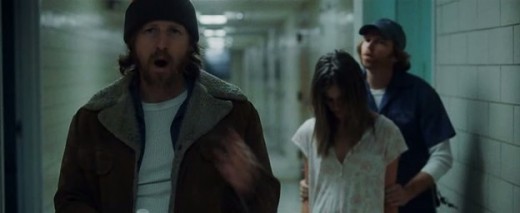
In Let the Right One In, there is a scene where a group of bullies force a kid to hold his breath underwater for three minutes. As we are underwater with the kid, we hear the muffled screams and body limbs of the bullies sink underwater from the kid's vampire friend. This is all we hear of the bullies' torment.
The remake somewhat destroys this effect.
Pushing the Envelope
Today, we are treated to movies that enjoy pushing the envelope and seeing how bloody they can get. Most of these films leave almost nothing to the imagination, as they are nearly 90% blood and guts. Prime examples of this are Saw, Evil Dead (2013), The Human Centipede, and, what is cited to be the nastiest film ever created, A Serbian Film: a movie notorious for its scenes involving infant raping and necrophilia.
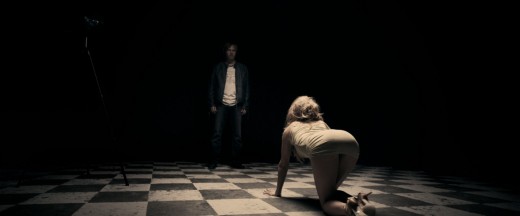
Conclusion
A couple in bed together was taboo enough in Alfred Hitchcock's Psycho. Now the director of the 2017 IT is trying to add a scene of a baby being eaten by Pennywise. Horror movies have changed a lot since the 1920's. Horror films went from being subtle to indecent. Some argue that less is more and prefer not to be shown everything. Others argue that they enjoy the morbid beauty of the pretty colors blood makes exiting the wound of the victim.

